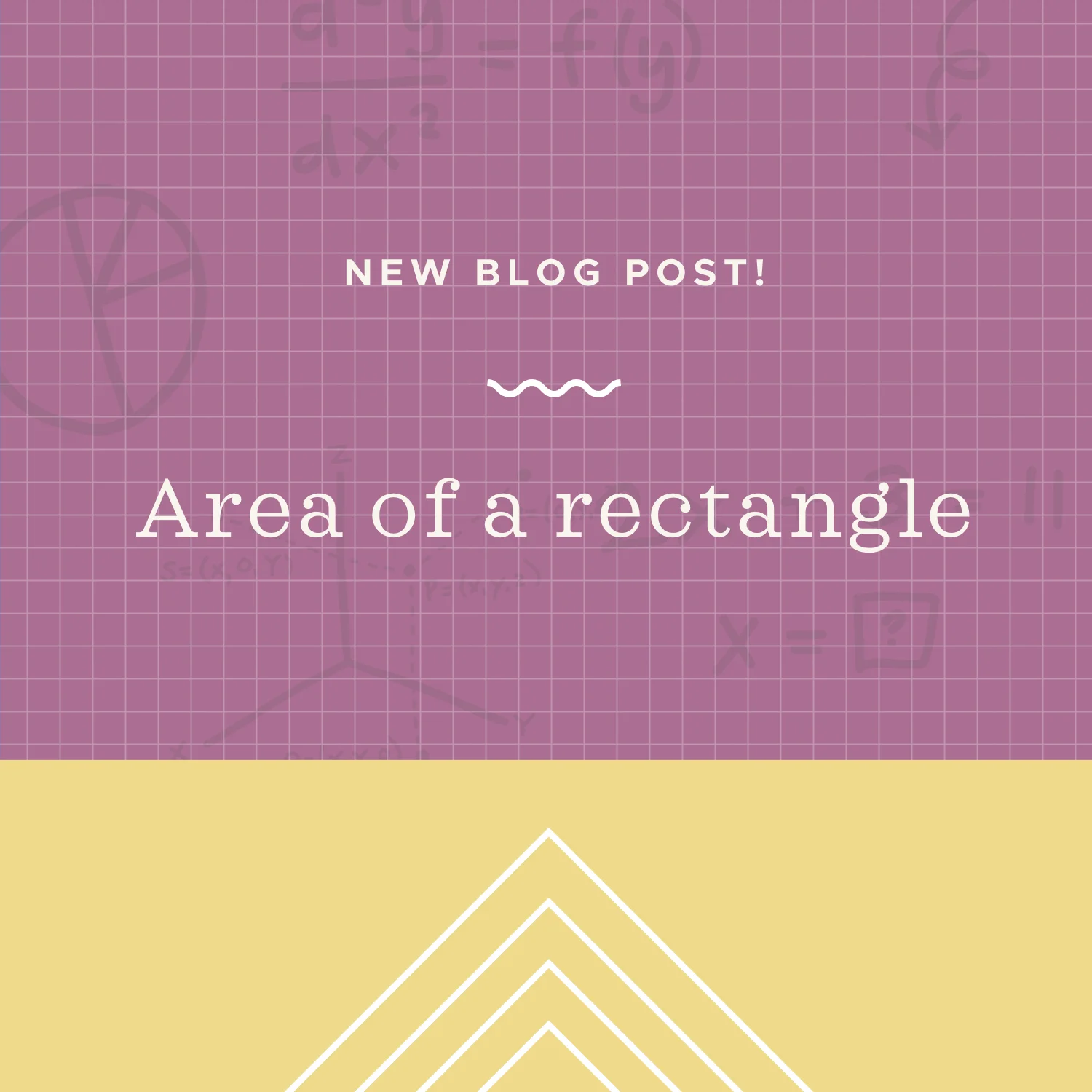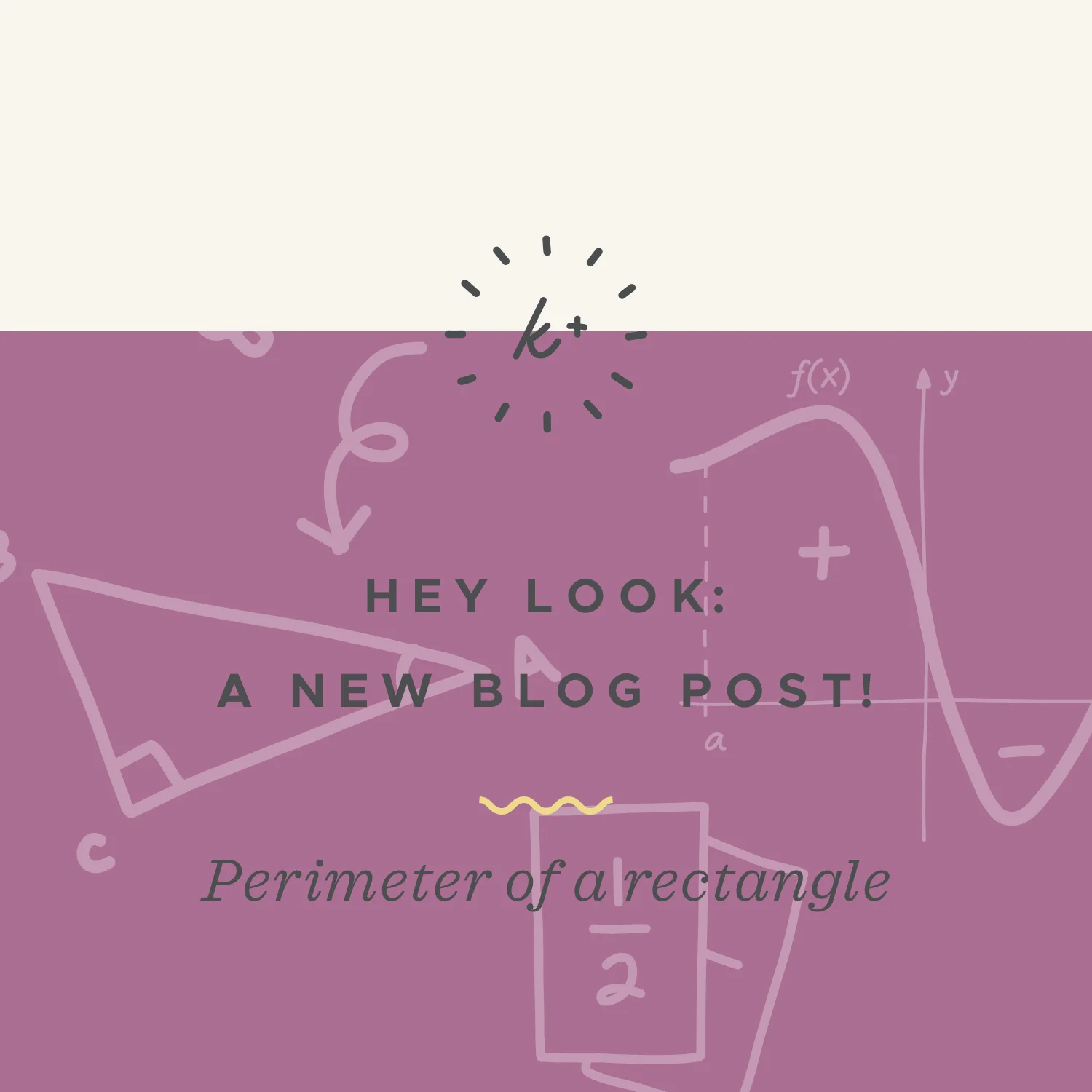In this lesson we’ll look at how to find the area of a parallelogram. A parallelogram is a quadrilateral with two pairs of opposite parallel sides. The area of a parallelogram is found by multiplying the base by the height, so A=bh. The height of a parallelogram needs to be drawn in and is perpendicular to its base.
Read MoreThe area of a trapezoid is given by A=(1/2)(b_1+b_2)h, where b_1 and b_2 are the lengths of the parallel bases, and h is the height of the trapezoid (which is perpendicular to the parallel bases). Sometimes you’ll need to draw in the height once you determine which sides are the parallel bases.
Read MoreThe area of a rectangle is the product of its base and its height. We can also express the area of a rectangle as the product of its length and its width. An area is always given in units of length^2 (“length squared”). In other words, if the dimensions of the rectangle are given in inches, the units for area will be in^2.
Read MoreIn this lesson we’ll look at composite figures made from rectangles and how to find their areas. A composite figure is made by combining different shapes. We’ll find the area of a composite figure by dividing the composite shape into shapes whose areas we already know how to find.
Read MoreThe perimeter of a rectangle is the length of the boundary around the figure. You can find the perimeter of a rectangle by calculating the sum of the length of its four sides. Sometimes you’ll see the perimeter formula as P=2l+2w, where l is the length of the rectangle, and w is the width of the rectangle.
Read More






